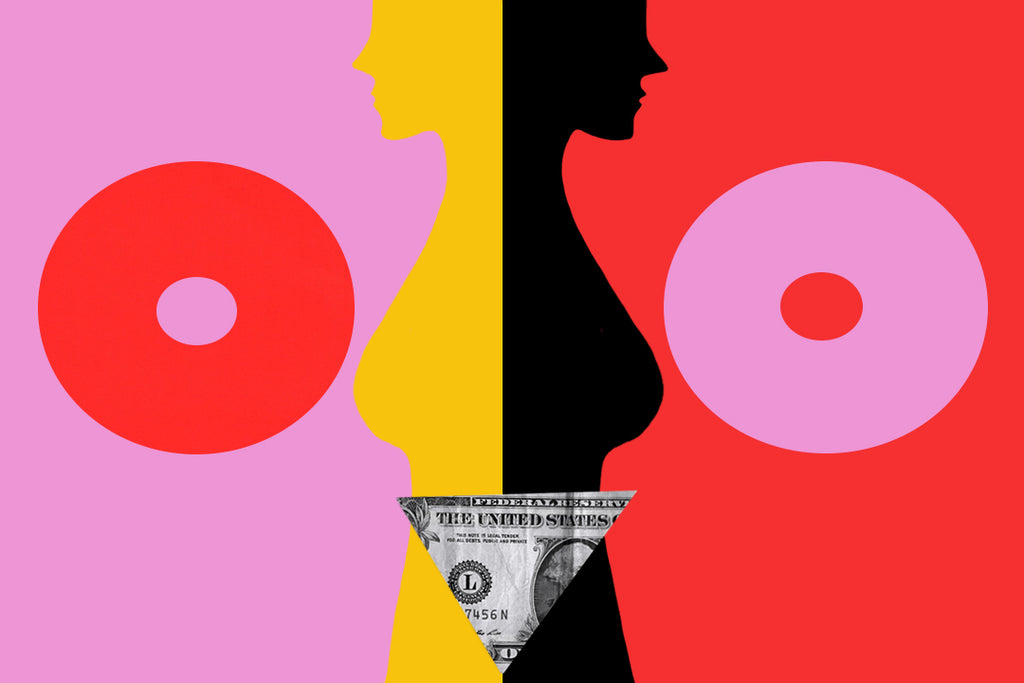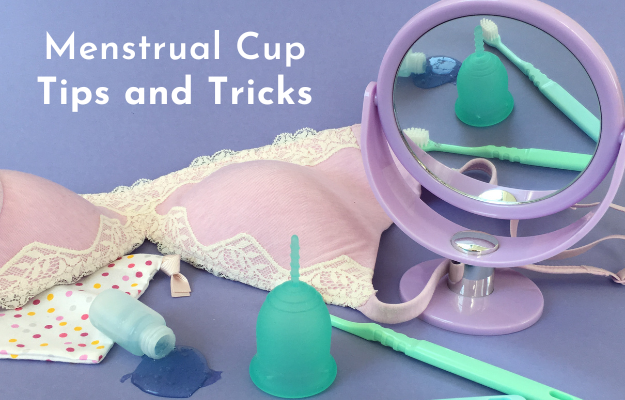Period Poverty at a Glance

To start with, what is period poverty?
Put simply, period poverty is having to choose between buying menstrual products or buying other essential goods, like food. Menstruators who experience period poverty often resort to using socks, toilet paper or plastic bags to stem their flow. In an attempt to extend the lifespan of their tampons and pads, some menstruators will wear these products for longer than recommended, which can lead to a whole host of issues, from infections to toxic shock syndrome. Ultimately, period poverty is not just an economic issue, but a health issue.
People dealing with period poverty come from varying walks of life. They may be escaping domestic violence, seeking asylum or homeless. Most commonly, we hear period poverty associated with people living in developing countries, but this struggle is very much alive in countries like the United States, too.
What does period poverty look like in the U.S.?
- 1 in 4 women in the U.S. struggle to afford period products due to a lack of income.
- The first city-wide study on period poverty found that 46% of low-income women have had to choose between a meal and period products.
- American women are 38% more likely to live in poverty than men.
- And nearly 1 in 5 American girls have either left school early or missed school entirely because they did not have access to period products.
American menstruators aren’t permitted to purchase period products with public benefits like foodstamps. Period products also aren’t covered by health insurance or Medicaid. And on top of this, not all tampons and pads are priced the same. Period products bought in bulk, from online offers or from sales in large stores outside city centers, are often much cheaper. As Jeniffer Weiss Wolf (author of Periods Gone Public: Taking a Stand for Menstrual Equity) says that people often make presumptions about how much it costs to buy period products based on these types of offers, without realizing that these prices are often inaccessible to menstruators experiencing poverty.
So, what’s being done about it?
Ever had that moment in school where you unexpectedly got your period? Well, since 2018, all students in New York, California and Illinois now have access to free menstrual products in their schools. A bloody great step forward!
Also of note, U.S. Representative Grace Meng introduced the Menstrual Equity for All Act in March of this year (and it’s a BIG deal). If this act passes, it would:
- Mandate free and un-rationed menstrual products in prisons
- Allow states to use federal funds to supply products in schools
- Require that Medicaid cover the cost of period products for recipients
- Permit homeless service providers to use government allocated funds to purchase period products for their clients
- Require all public federal buildings to provide free products in restrooms
All that and more! You can check out the full act here and follow its progress here.
Spotlight: Scotland
In 2018, Scotland became the first country in the world to make period products available for free to all of its students in schools, colleges and universities, with the aim of “banishing the scourge of period poverty.” Earlier this year, they expanded this effort to include free period products in libraries and leisure centers. And they’re not stopping there! Plan UK spokesperson Lucy Russell stated that “we now need to see governments tackle the third part of the toxic trio that causes period poverty – lack of education. Investment in teaching girls how their bodies work and what a healthy period looks like is absolutely key.” Access to menstrual products is just the first step to ensuring that menstruators enjoy better, safer periods.
On the heels of Scotland’s historic policy, the English and Welsh governments rolled out their own policies to ensure that all primary, secondary schools and colleges will provide free tampons and pads. Providing basic necessities for menstruators is catching on and we can’t wait to see which other countries follow this trail blazing lead!
What have we been up to at Lena Cup?

Ugandan students learn to fold their Lena Cups.
Over the years, Lena has worked with partners around the world to bring better periods to menstruators in need. You can get a feel for the work we’ve done abroad by checking out two donations projects we completed earlier this year in Eastern Uganda and Nairobi, Kenya.
At home, our efforts span coast to coast. A snapshot of our donations include work with San Francisco’s Tenderloin Neighborhood Development organization, which promotes equitable access to opportunity and resources for people with low incomes, and Oakland’s 67 Sueños, who work with marginalized and undocumented youth. We’ve sent cups up north to the Michigan Movement, who provide aid to people experiencing homelessness or poverty in their local community, and out east to a brilliant period initiative set up by The Community FoodBank of New Jersey.
Lena Cups have been making their way across the country and we can’t wait to see where they will go next. If you’d like to stay in the loop for upcoming news about our growing donation projects, you can sign up here.
You can get involved too!
Making sure that period poverty doesn’t hold anyone back means making big changes on a policy level, like the passing of the Menstrual Equity for All Act and the global removal of the "tampon tax.”But there are lots of other ways we can all continue to support women and menstruators while these legislative changes make their way through government:
- Donate menstrual products to those who need them through organizations like I Support the Girls, Period. and Happy Period
- Sign the national petition to end period poverty
- Watch 'The price of getting a period in America' and ‘How do homeless women cope with their periods?' to learn more about period poverty in the U.S.
- Go to a National Period Day Rally this weekend!
As Chella Quint, founder of the #periodpositive campaign, points out: “Period poverty is not just financial poverty - sometimes it’s poverty of knowledge, confidence, sustainability, or access.” And that is exactly what National Period Day is fighting for: access to menstrual products for all and an end to the stigmas that have too long surrounded our cycles.
Note: In light of the issues (revealed in June of 2020) concerning the practices of Period. and its founder Nadya Okamoto, we have amended this blog to eliminate the suggestion that the National Period Day rallies were the first events of their kind.
Photo courtesy of Eliham GirlChild Charity House



